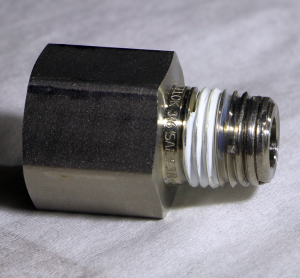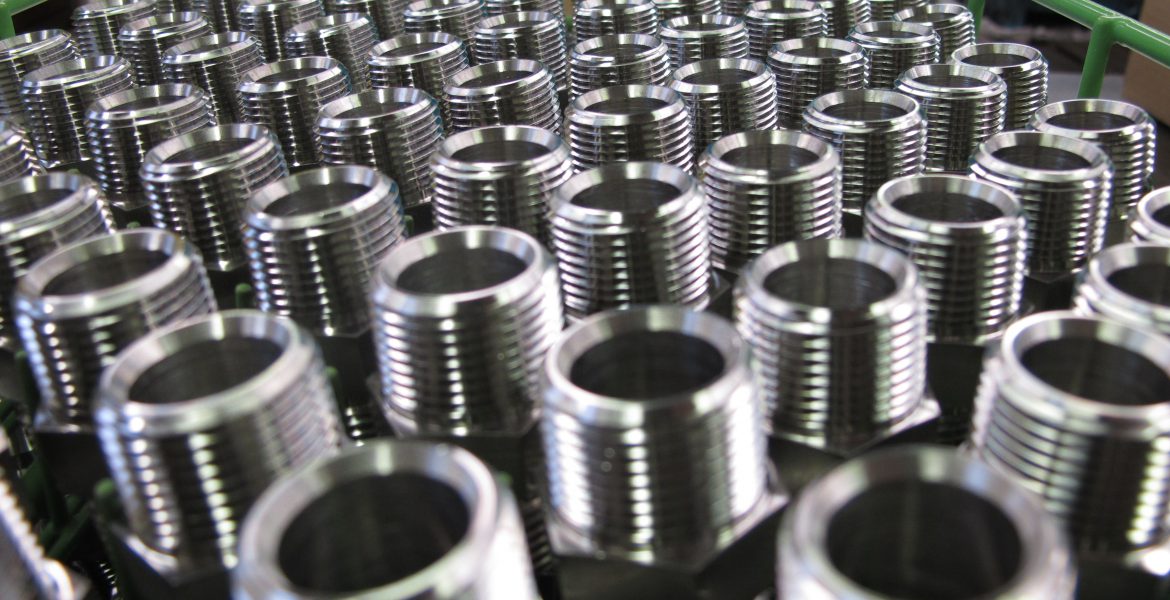A common concern with any stainless-steel fitting is thread galling. When two surfaces come into contact with one another, there can be adhesion, which can cause the metal to tear on the thread. This is called thread galling, and it can cause damage to your fittings and decrease their longevity if not properly cared for.
Which Fittings Can Experience Galling?
Thread galling in most common in tapered threads and NPT. The main issue with galling is that it leaves the fitting unsealed and can cause leaks. Fittings made with NPTF thread, are intentionally galled as part of its seal. Thread galling will not occur with SAE, UNC straight threads, or BSPP (British Parallel Port, when assembled correctly.

How to Prevent Thread Galling?
Preventing thread galling is simple. Though straight thread fittings do not (generally) gall, thread galling can occur if the fitting is over-torqued. Over-tightening fittings involving a swivel nut can cause thread galling as well as compromise the 37° seat of OmegaFlare fittings.
When installing fitting using a swivel nut, proper alignment is critical to ensuring a correct seat and seal. Over tightening a swivel nut can cause damage to the seat and eventually gall threads if the threads are overworked. It is important to reference the torque specifications per the SAE J514 standard for flare fittings.
With straight thread fittings that use an O-ring, it is advisable as long as the oil is compatible with the O-ring in use and the fluid in the system.
For more tips on how to keep your stainless-steel fittings from galling, contact us at OmegaOne today. We can answer any of your questions and help you get the most out of your fittings!
Stay up to date on all things OmegaOne by subscribing to our newsletter today.


